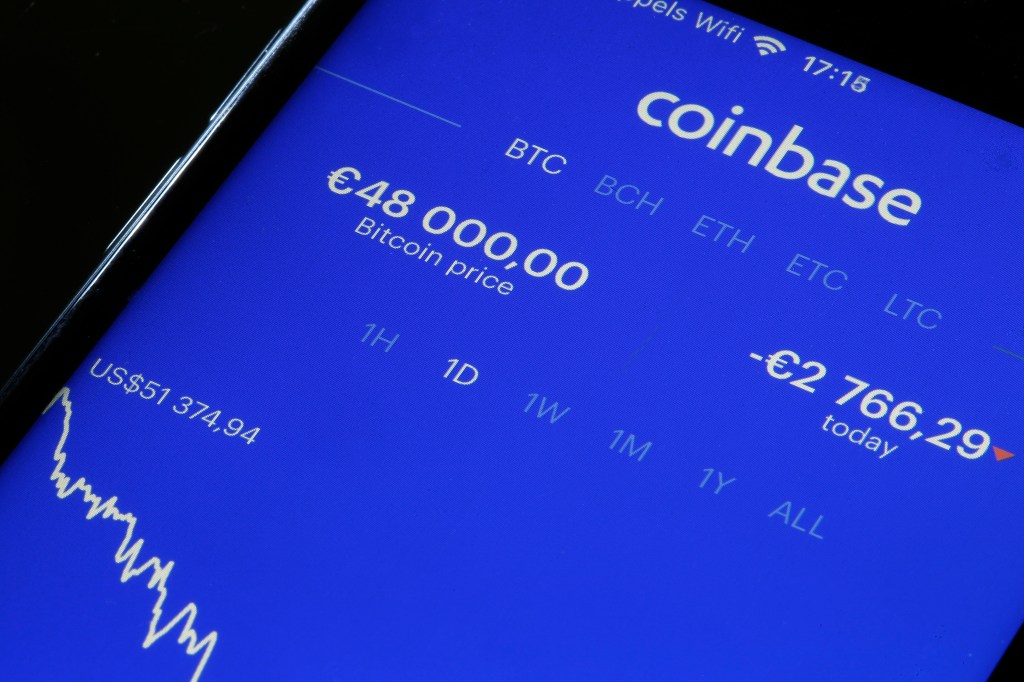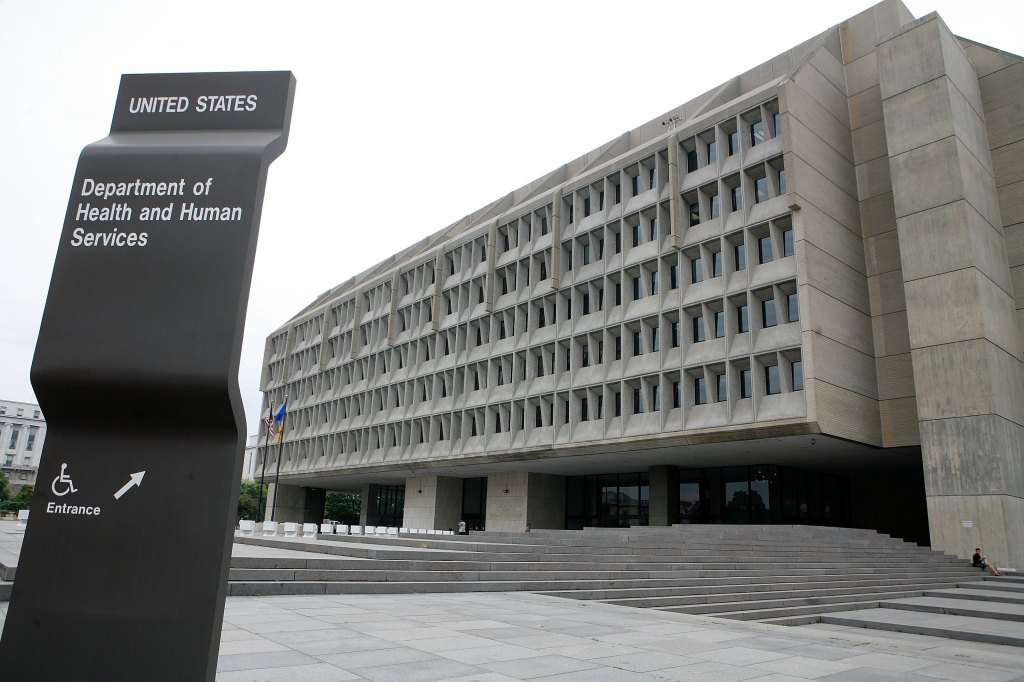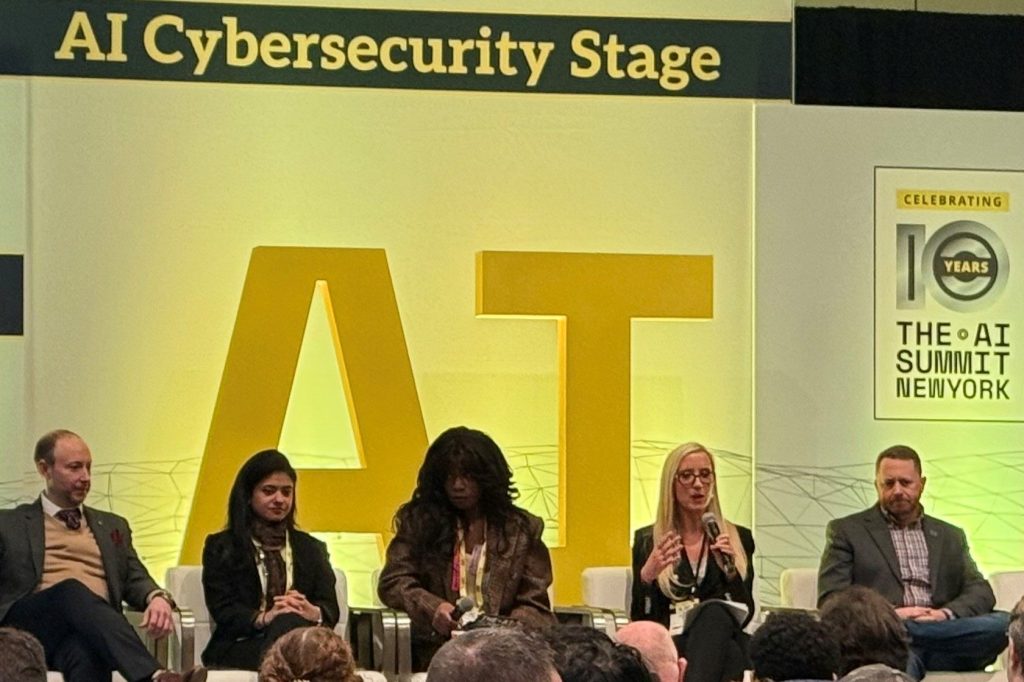Some large companies are making their first regulatory filings under the SEC’s new cybersecurity rules (effective for compliance purposes in mid-December) and such filings are revealing about their cyber programs.
As the WSJ pointed out this weekend, companies like Lockheed, oil-field services provider Schlumberger and equipment rental company United
Register for free to keep reading.
To continue reading this article and unlock full access to GRIP, register now. You’ll enjoy free access to all content until our subscription service launches in early 2026.
- Unlimited access to industry insights
- Stay on top of key rules and regulatory changes with our Rules Navigator
- Ad-free experience with no distractions
- Regular podcasts from trusted external experts
- Fresh compliance and regulatory content every day

















